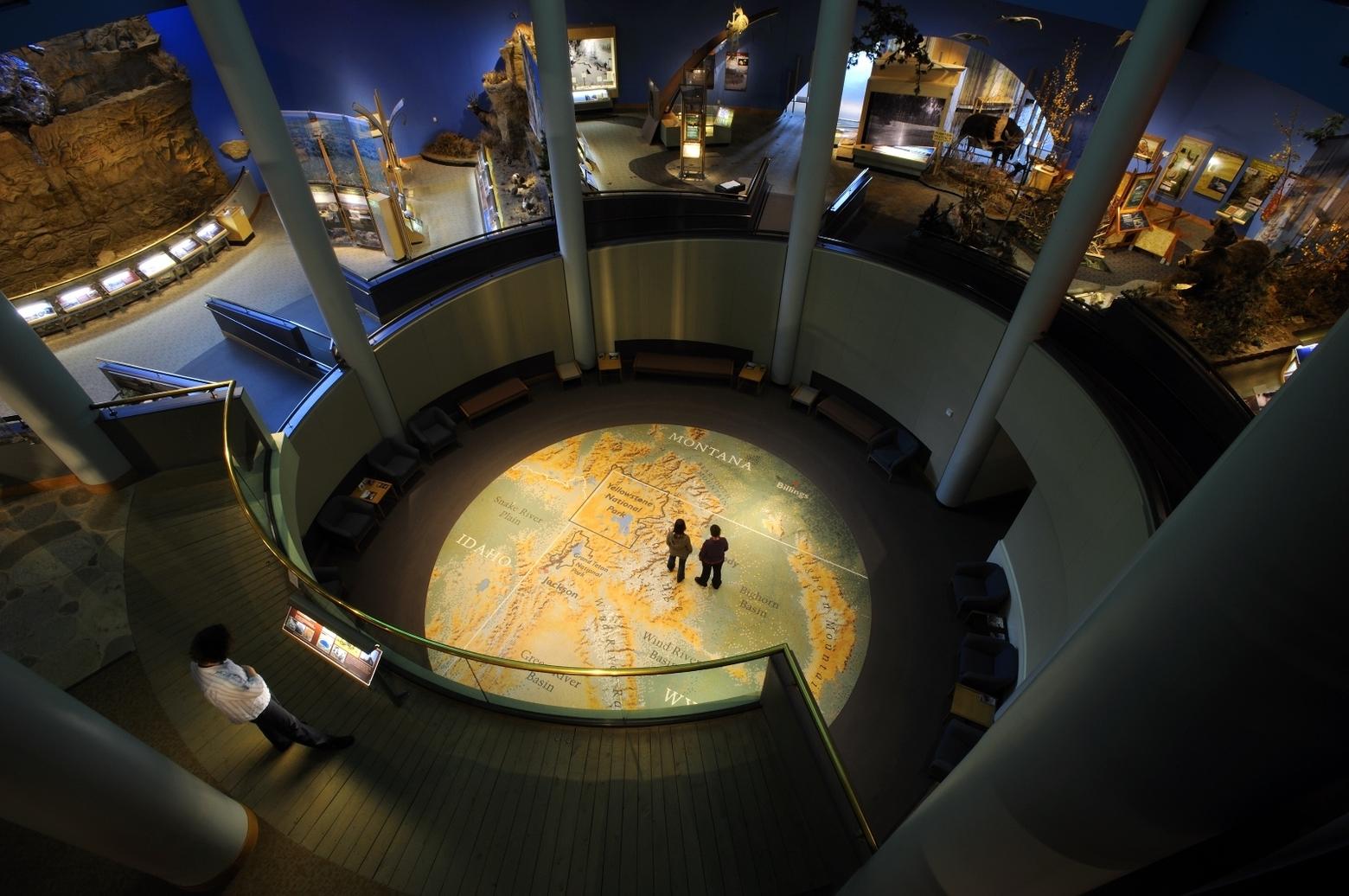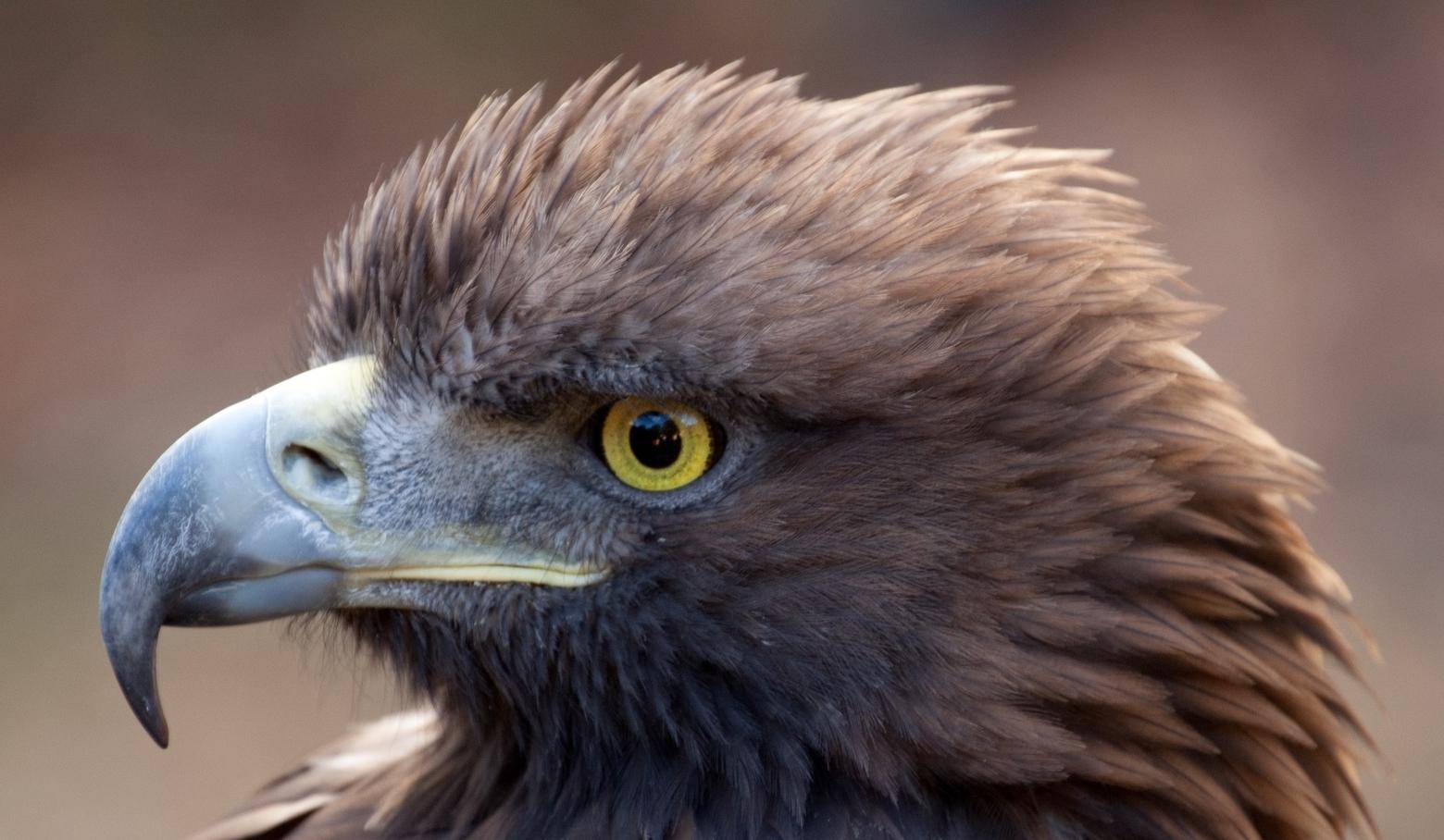Back to StoriesThe Draper: Another Greater Yellowstone Crown Jewel
July 11, 2018
The Draper: Another Greater Yellowstone Crown JewelMeet the Cody museum dubbed 'the Smithsonian of the West'
Among all the wondrous logistical coordinates in the Yellowstone region, there is just one flat spot on a map where a person can stand literally at the very center of the Greater Yellowstone Ecosystem without having to physically enter the wild backcountry. And surrounding, in every direction, are visions of wildlife and the stories of their survival.
That place resides inside an institution dubbed “the Smithsonian of the West" in comparison to the National Museum of Natural History located along the National Mall in Washington, D.C. between the White House and U.S. Capitol.
By its very design, it is the only edifice of its kind devoted to celebrating the living temporal and spatial essence of Greater Yellowstone.
The Draper Museum of Natural History in Cody, Wyoming, part of the Buffalo Bill Center of the West complex (comprising five amazing interconnected museums), is a true diamond in the rough.
If you haven’t been there, you ought to consider it a landmark as important in many ways as the vistas fronting the Tetons, the boardwalk at Old Faithful Geyser, the wolf watching turnouts in Lamar Valley and the overlooks that rise above the Grand Canyon of the Yellowstone.
In a region defined by its crown jewel national parks, forests and wildlife refuges, the Draper shines as a touchstone that reminds us why the ecosystem as a whole matters.
Until 2002, when it opened its doors, there was, almost unbelievably, no real natural history museum in the northern Rockies devoted to illuminating the very thing that makes Greater Yellowstone world-renowned. Our back yard is the only landscape in the Lower 48 where all of the major animals that existed here when Europeans arrived in North America 500 years ago are still present.
Think about that for a second. It’s no accident; it has involved conscious human decisions, held together by a common ethic of conservation spanning generations that has enabled Greater Yellowstone to still be home to grizzlies, wolves, bison, and some of the most amazing wildlife migrations remaining on earth.
The acclaimed nationally-touring exhibition, Invisible Boundaries (now on display at the National Museum of Wildlife Art in Jackson), made its official debut at the Draper, led by Dr. Charles Preston, an extraordinary staff and board of directors.
All of whom carry on the intrepid spirt of the late philanthropist Nancy Draper whose determination won over her community and defied skeptics who claimed there was no way a new natural history museum could be built—let alone in tiny Cody and in a way that would attract global attention. Yet it happened.
“Nancy ranks as one of the great characters I’ve ever known. Rambunctious, she was who she was, became much beloved in our little town and held truth to her course,” former U.S. Sen. Alan Simpson, one of Draper’s good friends, told me.
The Draper doesn’t merely display things passively, nor does it have a backward-looking perspective into the natural history of species.
Part of its mission is fostering original research and unearthing new insights. It has collaborated with the Wyoming Migration Initiative, for example, to highlight wildlife corridors. It also champions the ethics of living and traveling responsibly in bear country, something that is on the minds of the huge crowds of locals and tourists that pass through the museum.
If you haven’t been to the Draper you ought to consider it a landmark as important in many ways as the vistas fronting the Tetons, the boardwalk at Old Faithful Geyser, the wolf watching turnouts in Lamar Valley and the overlooks that rise above the Grand Canyon of the Yellowstone.
The Draper, however, has cultivated a special forte with studying raptors (birds of prey). A permanent display called The Raptor Experience has live eagles, falcons, owls and even a turkey vulture with daily public programs that have become favorites of families on their way to Yellowstone.
This summer, an exhibit titled Monarch of the Skies opened and offers a fascinating glimpse into the lifeways of golden eagles, one of the greatest avians of the West and a species deeply embedded in indigenous culture.
Still another treasure is the Draper’s collection of more than 1200 bird and mammal specimens, including 170 wolf skulls now being studied by researchers with a scientific paper on the wolves of Greater Yellowstone forthcoming.
Preston is hailed as one of the leading thinkers on the Greater Yellowstone Ecosystem, stolen away from the Denver Museum of Natural History in 1998 to oversee the Draper’s construction.
To engage visitors, he notes, all of the exhibits are intended to be, in some way, interactive. One of the subtle delights is the floor map of the Greater Yellowstone Ecosystem that you can stroll across.
When you visit the Draper, it’s a five-for-one proposition. Next door, of course, is the renowned Whitney Western Art Museum (featuring historical fine art masterworks), the Plains Indian Museum featuring indigenous art and artifacts, the Cody Firearms Museum featuring the Winchester Arms Collection, and the Buffalo Bill Museum exploring the myth and reality of West through the life of William F. “Buffalo Bill” Cody.
Of all the towns in the West, there’s something about the mix of provincial pride and cosmopolitan museums that sets Cody apart. The Draper helps explain why.
Hours: May through Sept. 15: 8am to 6 pm daily
Phone: 307-578-4000
EDITOR'S NOTE: Mountain Journal and the Draper have a collaboration to highlight natural history issues and the museum's commitment to public education in the Greater Yellowstone Ecosystem.





